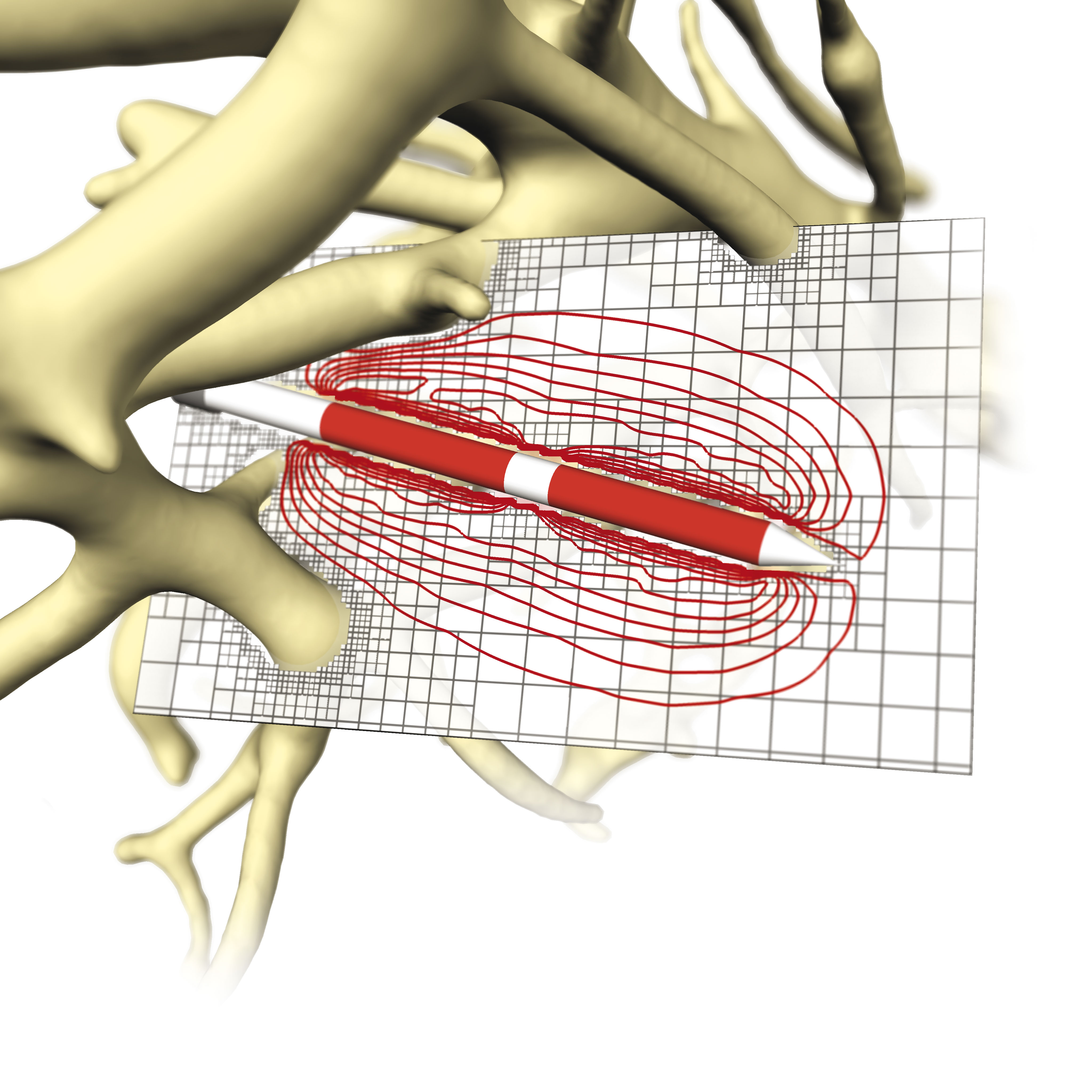Looking for methods to improve planning and guidance of thermal ablation procedures for your customers and clinical partners? We offer a thermal ablation simulation library (TAS) capable of predicting the patient-individual ablation result. The simulation library can be enhanced by integrating details of the ablation hardware to be supported like generator protocols and sensors. The library supports integration into existing software solutions or combination with our Software Assistant for Interventional Radiology - SAFIR. We support validation for clinical use cases and can equip the library with documentation required for FDA clearance and CE labeling with our ISO13485 compliant quality management system.
 Fraunhofer Institute for Digital Medicine MEVIS
Fraunhofer Institute for Digital Medicine MEVIS